Cost Comparison of Municipal Solar Street Light Schemes vs Traditional Lighting
Cost Comparison of Municipal Solar Street Light Schemes vs Traditional Lighting
Municipal Solar Street Light schemes are gaining traction because they promise lower operating costs and energy independence. This article compares total costs, performance, and non-financial benefits between municipal solar street light solutions and traditional grid-connected lighting to help decision-makers choose the right approach.
Why compare Municipal Solar Street Light and Traditional Lighting
Municipalities evaluate lighting options based on budgets, maintenance capacity, grid access, and sustainability goals. A focused comparison helps reveal when Municipal Solar Street Light is cheaper over a project lifecycle and when traditional lighting remains more cost-effective.
Assumptions and methodology for cost comparison
To make an apples-to-apples comparison we use a realistic scenario and clear assumptions: a single streetlight operating 12 hours per night, 365 nights per year, using a 100 W LED luminaire. Energy price baseline is 0.12 USD/kWh (adjustable for local markets). We assume typical capital and replacement costs from global industry ranges: integrated solar street light units (panel, battery, LED, controller, pole) and grid-connected LED luminaires plus civil & trenching works. Lifespans: solar PV panels ~25 years, LED luminaire 7–15 years, batteries 3–8 years depending on chemistry. Maintenance costs reflect routine cleaning, inspections, and minor repairs. Results are illustrative and sensitive to local electricity tariffs, labor costs, policy incentives, and terrain.
Key performance and lifecycle assumptions
For clarity, the principal numeric assumptions used in tables and calculations below are: 100 W LED, 12 hours/night → 438 kWh/year; electricity cost 0.12 USD/kWh; solar unit initial cost 1,500–3,000 USD (typical range); traditional grid-connected installation (luminaire + pole + civil works) 800–2,000 USD; annual maintenance: solar 10–40 USD, traditional 30–100 USD. Battery replacement cost assumed 200–600 USD depending on battery type.
Side-by-side cost comparison (typical ranges)
Below is a condensed 10-year cost comparison for a single streetlight using mid-range assumptions. Figures are illustrative ranges and depend on local conditions.
| Item | Municipal Solar Street Light (per unit) | Traditional Grid-Connected Street Light (per unit) | Notes |
|---|---|---|---|
| Initial capital cost | 1,500–3,000 USD (integrated unit + pole) | 800–2,000 USD (luminaire + pole + trenching/wiring) | Grid extension can raise traditional costs substantially in remote sites |
| Energy cost (10 years) | 0 USD | ~525–1,100 USD (depending on wattage & tariff) | Assumes 100 W, 12 h/night, 0.12 USD/kWh; higher tariffs increase grid cost |
| Maintenance & replacements (10 years) | ~250–600 USD (cleaning, LED checks, battery replacement 1x if needed) | ~300–1,000 USD (lamp replacements, ballast/driver issues, civil repairs) | Battery chemistry (LiFePO4 vs lead-acid) strongly affects solar maintenance |
| Total cost (10 years) - illustrative | ~1,750–3,600 USD | ~1,625–4,100 USD | Ranges overlap; site specifics determine winner |
| CO2 emissions (annual) | ~0 kg CO2 from operation | ~220 kg CO2/year (100 W × 12 h × 438 kWh × 0.5 kgCO2/kWh) | Emission factor varies by grid carbon intensity |
Capital cost discussion
Municipal Solar Street Light units typically cost more upfront because they include solar panels, battery storage, a charge controller, and an integrated pole package. Typical turnkey prices for a quality integrated solar street light (including pole and installation) range from 1,500 to 3,000 USD per point. By contrast, a modern LED luminaire with pole and basic civil works often costs 800 to 2,000 USD—but this excludes trenching for power or the cost of extending the grid. If grid extension or long trenching is required, per-pole costs for traditional lighting can exceed 3,000–5,000 USD, in which case solar becomes strongly cost-competitive.
Operating cost and energy savings
Municipal Solar Street Light eliminates electricity bills for lighting at the point of use. For a 100 W light running 12 hours nightly, a grid-connected option consumes ~438 kWh/year. At 0.12 USD/kWh that’s ~52.6 USD/year; at 0.20 USD/kWh that’s ~87.6 USD/year. Over a 10-year span the difference can exceed several hundred dollars per fixture. In regions with high tariffs or where diesel backup is used, solar yields much faster paybacks.
Maintenance, reliability, and component lifetimes
Maintenance profiles differ: grid-connected systems may need occasional lamp or driver replacements and grid repair coordination. Solar street lights require periodic cleaning of panels, battery health monitoring, and eventual battery replacement. Battery technology strongly influences lifecycle cost: lead-acid batteries typically need replacement every 3–5 years, while LiFePO4 batteries can last 6–10+ years. Solar panels typically last 20–30 years with gradual performance degradation. Proper design (adequate battery capacity, quality MPPT controller, robust mounting) and scheduled maintenance keep solar systems reliable.
Environmental and social benefits
Municipal Solar Street Light schemes deliver immediate reductions in local grid demand and associated CO2 emissions. Using a conservative grid emission factor of ~0.5 kg CO2/kWh, converting a 100 W grid light to solar avoids ~220 kg CO2/year. Solar lighting also reduces dependence on electrical infrastructure, which is valuable in disaster-prone, remote, or rapidly expanding urban fringe areas.
Payback and total cost of ownership (TCO)
Payback depends on initial cost differential, electricity tariff, and replacement cycles. In our illustrative case, payback periods often fall between 3 and 8 years. If electricity costs are high (>0.15–0.20 USD/kWh) or civil works and grid extension are expensive, payback shortens. Municipalities should evaluate TCO over 10–20 years to capture panel life and multiple battery cycles.
When Municipal Solar Street Light is the better choice
Solar solutions usually win in these scenarios: remote or off-grid locations; areas with expensive grid extension; where rapid deployment is needed; where grid reliability is poor; and where cities prioritize quick CO2 reductions. Solar is also attractive when financing mechanisms, subsidies, or energy-saving targets support upfront investment.
When traditional lighting remains preferable
Grid-connected lighting can be preferable in dense urban centers with reliable electricity, low energy tariffs, and where centralized control or uniformity across networks is a priority. If a city already has an extensive low-cost grid and simple maintenance logistics, grid LED retrofits often present the lowest short-term capital expense.
Procurement, financing, and lifecycle risk mitigation
Municipalities should procure with clear technical specifications (battery type, autonomy days, IP rating, warranty on LEDs and PV), require performance guarantees, and prefer vendors offering monitoring and maintenance services. Financing options (ESCo contracts, performance-based procurement, concessional loans) can lower the barrier to solar adoption. Consider total lifecycle warranties: 5+ years for batteries, 3–7 years for LED drivers, and 10+ years for luminaire components are positive indicators.
Implementation best practices for Municipal Solar Street Light projects
Design for local insolation and climate, size battery for required autonomy (days of autonomy), choose high-efficiency MPPT controllers, and specify LiFePO4 batteries where budgets allow. Include remote monitoring to track performance and schedule maintenance. Standardize components across projects to simplify spare parts and training.
Case sensitivity: sample 10-year numerical scenario
Example (single light, midpoint scenario): initial solar cost 2,000 USD, no energy bill, battery replacement 300 USD at year 8, maintenance 25 USD/year → 2,525 USD total over 10 years. Traditional: initial 1,200 USD, energy 525 USD (0.12 USD/kWh), maintenance 50 USD/year → 1,925 USD total. In this scenario traditional is cheaper over 10 years. However, raise electricity price to 0.25 USD/kWh or include 1,500 USD of additional trenching for grid extension and solar becomes clearly preferable. These sensitivities underscore the need for location-specific calculations.
How to build a decision model for your municipality
Create a spreadsheet including variables: initial capital (solar vs grid), energy cost trajectory, battery replacement schedule and cost, maintenance costs, system lifetime, discount rate, and externalities (carbon price or subsidies). Run sensitivity analysis to identify thresholds where Municipal Solar Street Light becomes advantageous.
GuangDong Queneng Lighting Technology Co., Ltd. — company strengths
GuangDong Queneng Lighting Technology Co., Ltd., founded in 2013, specializes in municipal solar lighting solutions including Solar Street Lights, Solar Spot Lights, Solar Garden Lights, Solar Lawn Lights, Solar Pillar Lights, Solar Photovoltaic Panels, and portable outdoor power supplies. Queneng combines a strong R&D team, advanced production equipment, and mature quality control systems. The company holds ISO 9001 and has passed TÜV audits; it also holds CE, UL, BIS, CB, SGS, and MSDS certifications. These credentials support reliability and facilitate procurement for municipal projects and engineering firms.
Queneng lighting product advantages
Solar Street Lights: Integrated designs simplify installation and reduce civil works costs. Robust battery options and MPPT controllers increase autonomy and reliability. Solar Spot Lights: Compact, targeted illumination for signage and monuments, useful in parks and public spaces. Solar Lawn Lights and Solar Garden Lights: Aesthetic and low-maintenance options for landscaping and pedestrian areas. Solar Pillar Lights: Architectural lighting with integrated solar for heritage projects and upscale developments. Solar Photovoltaic Panels: High-quality modules with long warranties support overall system longevity. Across products, Queneng emphasizes quality components, international certifications, and supply chain experience—qualities municipalities look for in long-term lighting projects.
Practical recommendation summary for municipalities
Run a site-by-site analysis. For dense urban cores with stable, low-cost grid power, grid LED remains attractive. For peri-urban, rural, or rapidly expanding zones, Municipal Solar Street Light often provides faster deployment, lower long-term cost when grid extension is expensive, and clear emissions reductions. Prioritize reputable suppliers with warranties, service networks, and monitoring offerings. Factor battery chemistry and maintenance plans into TCO calculations.
FAQ — Frequently Asked Questions
Q: Are Municipal Solar Street Light systems more expensive upfront?
A: Yes, typically solar systems cost more initially because they include PV panels and battery storage. However, they can be cheaper over the lifecycle in locations with high electricity costs, expensive grid extension, or low grid reliability.
Q: What payback period can municipalities expect?
A: Payback commonly ranges from 3 to 8 years depending on electricity cost, installation complexity, and component pricing. Local variables will affect the exact timeframe.
Q: How long do batteries and panels last?
A: Solar PV panels generally last 20–30 years with gradual degradation. Battery life varies: lead-acid 3–5 years under deep cycling, LiFePO4 often 6–10+ years depending on depth of discharge and temperature management.
Q: How much CO2 can be saved?
A: Using a conservative grid emission factor of ~0.5 kg CO2/kWh, replacing a 100 W grid light (12 h/night) with solar avoids roughly 220 kg CO2 per light per year. Actual savings depend on local grid carbon intensity.
Q: What are procurement tips for Municipal Solar Street Light projects?
A: Specify battery chemistry (prefer LiFePO4 for longer life), require MPPT controllers, request performance guarantees, include remote monitoring where possible, and check supplier certifications and post-sale service capacity.
Q: Can Queneng support large municipal projects?
A: Yes. Queneng's experience in product manufacturing, engineering design, certifications, and project delivery makes the company suitable for municipal and engineering projects seeking turnkey or consultative solar lighting solutions.
For any municipality evaluating options, the essential step is a localized TCO analysis that includes installation complexity, electricity tariffs, and long-term maintenance planning. Municipal Solar Street Light is not universally cheaper up front, but when well designed and applied in appropriate contexts it reduces lifetime costs and delivers clear environmental benefits.

Have more questions about our products or services?
The latest hot news you might like

Discover how solar panels power street lights, exploring the technology behind solar energy conversion, storage systems, and how solar-powered street lights are revolutionizing urban and rural lighting solutions.

Learn how AC Solar Hybrid Street Lights work, their advantages, disadvantages, system behavior in low-sunlight conditions, and why hybrid technology is ideal for regions with unstable sunlight.

Municipalities around the world are increasingly adopting solar-powered streetlights as part of their urban development strategies. Rising energy costs, the need for sustainable infrastructure, and government green initiatives are driving cities to switch from traditional street lighting to advanced LED solar streetlights.
Queneng Lighting provides municipalities with cost-effective, energy-efficient, and durable solar lighting solutions, ensuring safe and sustainable public spaces.

In recent years, the purchase of solar streetlights for municipalities has become a growing trend across the globe. Local governments are under pressure to reduce public expenditure, promote green energy, and create safer communities. Solar streetlights provide a reliable, cost-effective, and sustainable solution that meets these needs. Queneng Lighting, as a leading solar street lighting manufacturer, has supported multiple municipal projects worldwide with customized and energy-efficient solutions.
FAQ
Public Gardens and Landscape Lighting
What happens if the solar light is not working properly?
If your solar light is not working properly, it could be due to a variety of reasons, such as dirt on the solar panel, insufficient sunlight, or battery issues. We recommend cleaning the panel and ensuring it receives enough sunlight. If the problem persists, please contact our customer service team for troubleshooting assistance.
Battery Performance and Testing
What is discharge efficiency?
Schools and Educational Institutions
How are the solar lights maintained?
Solar lights require minimal maintenance, typically only occasional cleaning of the solar panels and checking the battery and light functions.
Battery and Analysis
What are the control methods to prevent battery overcharging?
1) Peak voltage control: Determine the end of charging by detecting the peak voltage of the battery;
2) dT/dt control: determine the end point of charging by detecting the battery peak temperature change rate;
3) △T control: When the battery is fully charged, the difference between the temperature and the ambient temperature will reach the maximum;
4) -△V control: When the battery is fully charged and reaches a peak voltage, the voltage will drop by a certain value;
5) Timing control: Control the charging end point by setting a certain charging time. Generally, set the time required to charge 130% of the nominal capacity;
Solar Street Light Luxian
What makes Luxian solar street lights more cost-effective than traditional street lights?
Luxian solar street lights are cost-effective because they require no external electrical connections, reducing installation costs. Their operation is entirely solar-powered, which eliminates ongoing electricity bills. The long lifespan of the LED bulbs and solar panels, combined with minimal maintenance needs, further reduces the total cost of ownership.
Solar Street Light Lufei
What is the warranty on the solar street light?
Queneng offers a warranty of 2-5 years on our solar street lights, covering defects in material and workmanship. The warranty duration may vary based on the model and product components.
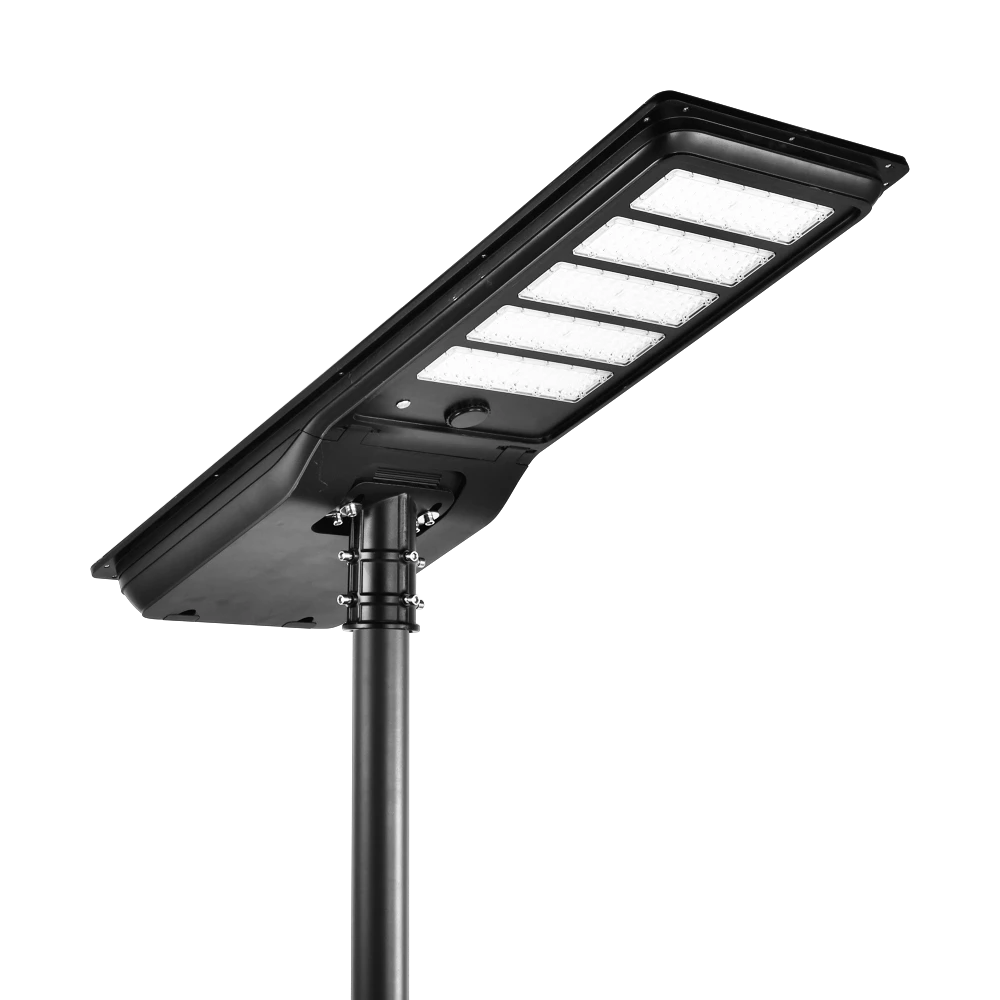
High-efficiency all-in-one solar street light with a monocrystalline solar panel and LiFePO₄ battery. Delivers brighter illumination, wider outdoor coverage, and safer lighting performance for streets and public areas.

Queneng's Luqiu Innovative Solar Street Light offers energy-saving, durable outdoor lighting. This solar power street light provides a reliable and eco-friendly solution for illuminating your streets and pathways.
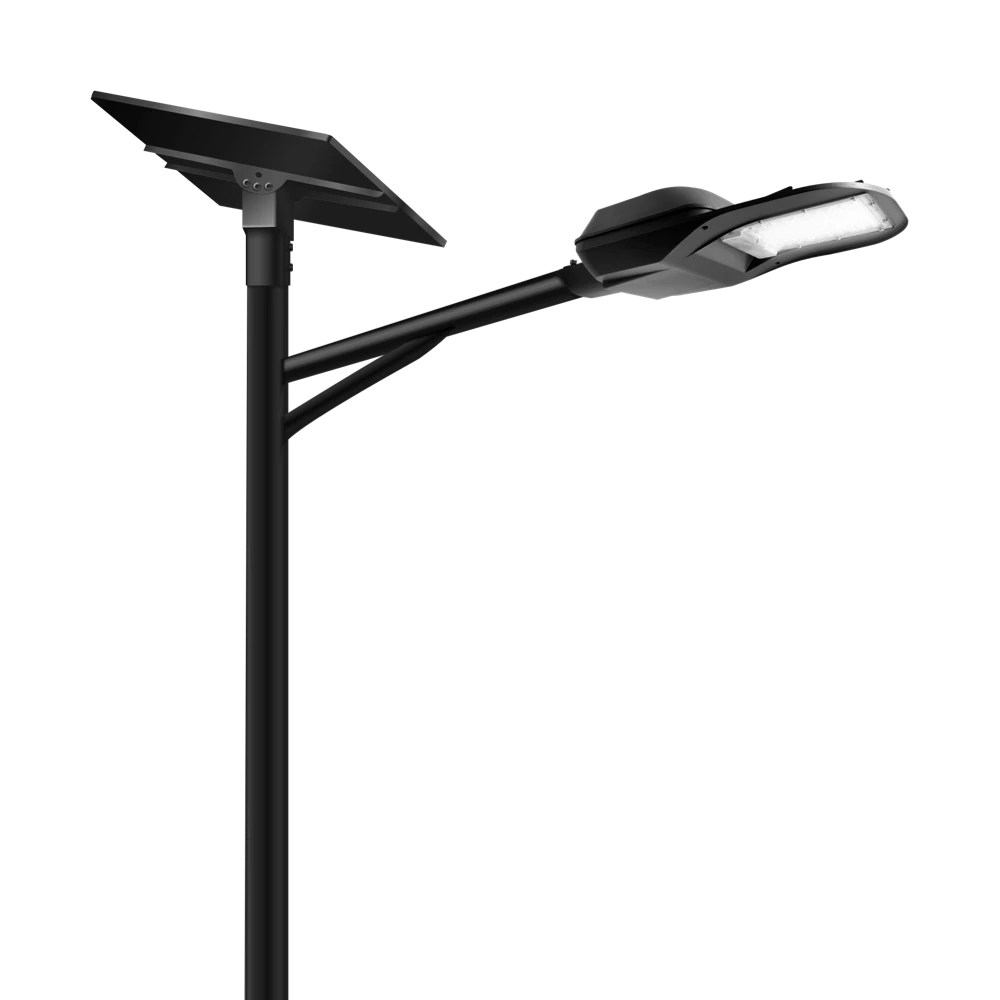
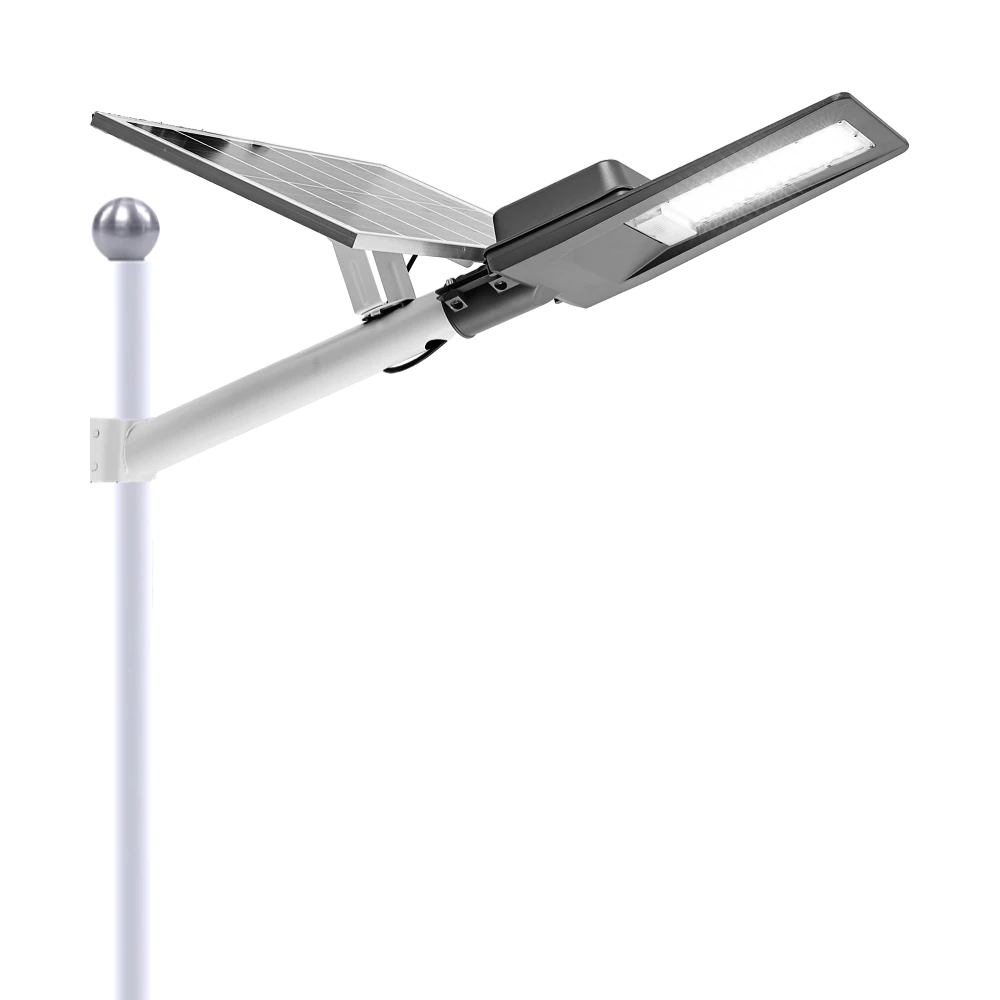
Experience reliable outdoor illumination with our smart solar street light, a perfect combination of advanced technology and eco-conscious design.
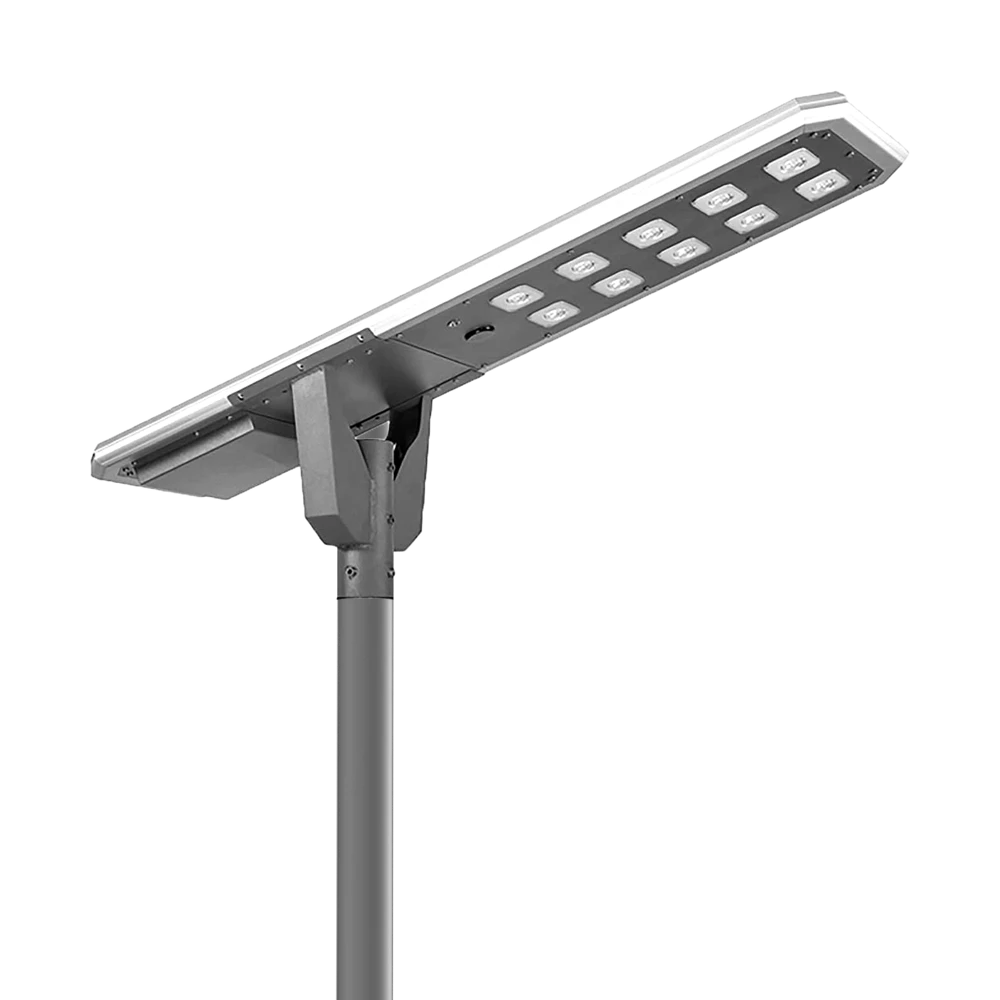
Illuminate your outdoor spaces with the Solar Street Light, a cutting-edge solution combining advanced solar technology and energy-saving LED lighting.
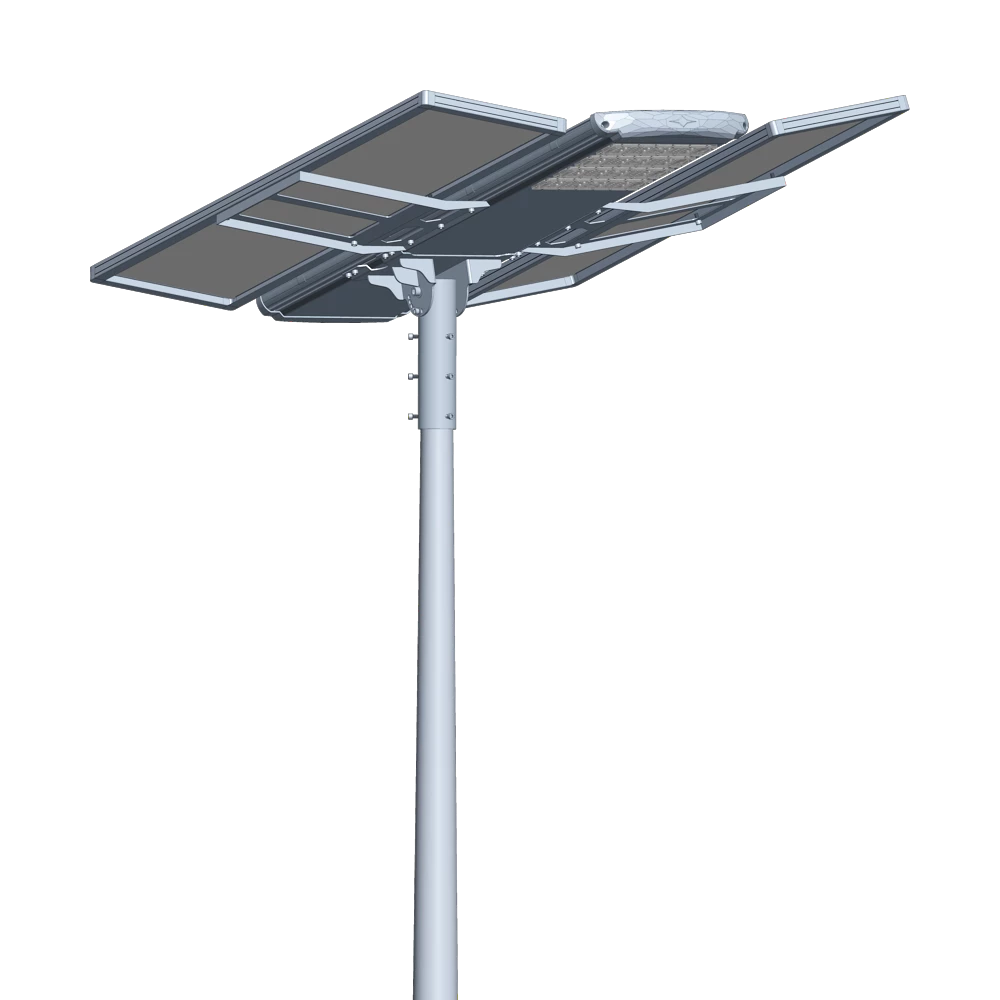
Introducing the Luqing Solar Street Light by Queneng, Efficient LED lighting powered by solar energy is perfect for illuminating outdoor areas. Harness the power of solar energy for sustainable, reliable street lighting. Ideal for eco-friendly, cost-effective outdoor illumination solutions.
Our professional team is ready to answer any questions and provide personalized support for your project.
You can reach us via phone or email to learn more about Queneng’s solar lighting solutions. We look forward to working with you to promote clean energy solutions!
Rest assured that your privacy is important to us, and all information provided will be handled with the utmost confidentiality.
By clicking 'Send Inquiry Now' I agree to Queneng processing my personal data.
To see how to withdraw your consent, how to control your personal data and how we process it, please see our Privacy Policy and Terms of use.
Schedule a Meeting

Book a date and time that is convenient for you and conduct the session in advance.
Have more questions about our products or services?





















